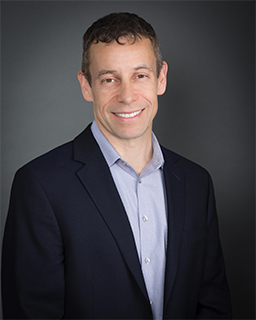US company claims it can improve IEQ and simultaneously reduce energy consumption by reducing fresh-air intakes with revolutionary new technology

Udi Meirav, CEO of
enVerid
US-headquartered, enVerid showcased its BreatheEasy HLR unit at the 2016 edition of Acrex, which ran from February 25 to 27 in Mumbai. The unit, designed to lower formaldehyde content in the air, among other indoor pollutants, was introduced in India as a solution to improve indoor environmental quality (IEQ); there are plans to later introduce it in the Middle East.
The unit has at its core a synthetic absorbent material. It is a combination of an inert, high-surface-area mineral; active polymers and a number of catalytic activators. “It is a completely different chemistry,” said Udi Meirav, the CEO of enVerid, adding that it took five years to develop.
The absorbent absorbs the contaminants in the incoming air and sends the clean air out into the built-area, Meirav said.
In India, it will be marketed by BreatheEasy Consultants. Barun Aggarwal, the CEO of BreatheEasy Consultants, described the technology as the first that he was aware of that removed formaldehyde from the air. The unit, he said, absorbed formaldehyde, TVOCs, ozone and CO2. “In laboratory conditions,we have been able to take CO2 down to zero ppm,” Aggarwal said. “In a single-pass, we were able to achieve 60-70% of CO2 reduction and 70% ozone reduction. We have been able to achieve 40-70% reduction of formaldehyde and TVOCs.”
Meirav said the absorbent-based technology was quite unique, adding that it was almost impossible to capture formaldehyde with gas filters. Highlighting the fact that formaldehyde present in the built-area was a by-product of the decomposition of organic matter in homes, he said that the technology also scored over most conventional air-cleaning products in the market, because in a bid to clean the air, they ended up decomposing the organic matter. Such products, he added, did more harm than good.
The HLR unit, Meirav said, was a breakthrough technology for various reasons. Among them, he added, was its ability to regenerate the absorbent material through heating. The material, he said, was flushed clean with hot air. The contaminants released during the cleaning process were exhausted out of the building, he added. The regeneration of the absorbent, Meirav said, took 30 minutes to an hour and the procedure was needed to be carried out once or twice a day.
In the United States, the HLR was introduced mainly as a means to save energy. To date, it has been sold as an energy-efficient solution, based on the principle that energy prices in the country are high, coupled with the fact that building owners bring in large volumes of fresh air into the building, in accordance with ASHRAE standards. The absorbent material, Meirav said, by virtue of absorbing contaminants in the air, thereby rendering the air clean, encouraged the reduction of fresh air intake. Meirav said that in university installations in the United States, the technology has been able to achieve 30% energy savings in summer.
(The writer is the Editor of Climate Control Middle East and the Editorial Director & Associate Publisher of CPI Industry.)
Copyright © 2006-2025 - CPI Industry. All rights reserved.